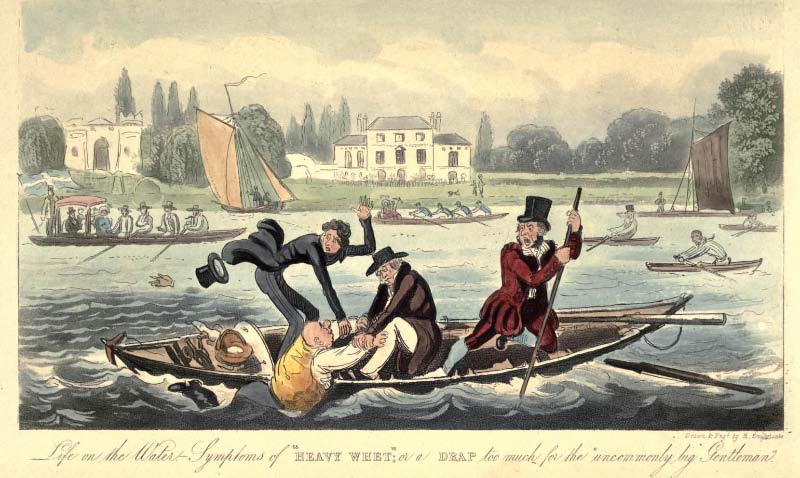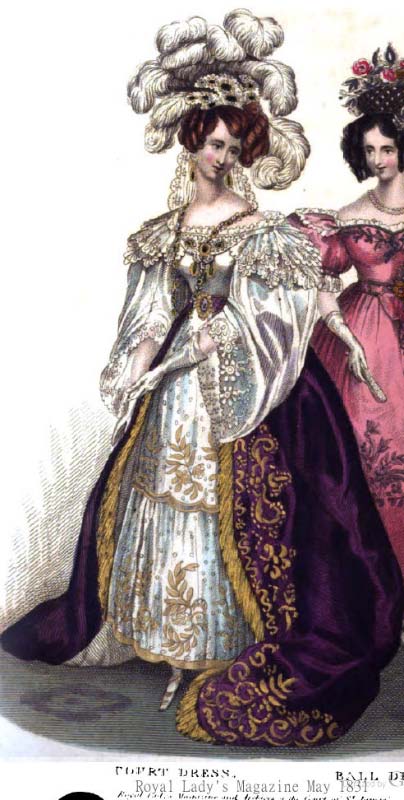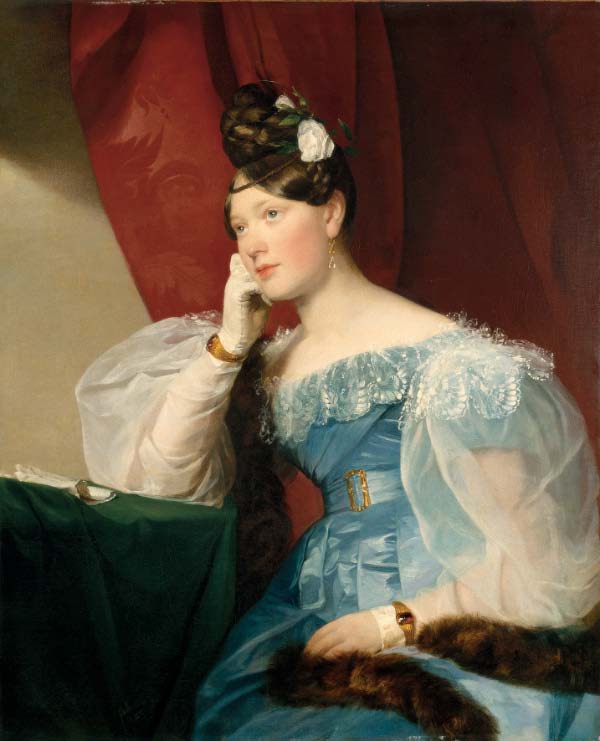from Egan, Pierce & Cruikshank, Isaac Robert, The Finish to the Adventures of Tom, Jerry, and Logic
Sometimes the writing gods gaze down benignly upon me and send encouraging rays of sunlight and gentle breezes to waft me on my way from the beginning to The End of the story.
Sometimes I have all I can do to launch my boat. Then, having launched, it promptly sinks. Or I fall overboard. Repeatedly.
“There is always a point in the writing of a piece when I sit in a room literally papered with false starts and cannot put one word after another and imagine that I have suffered a small stroke, leaving me apparently undamaged but actually aphasic.”—Joan Didion, Slouching Towards Bethlehem
All of this is to say that Ashmont’s story is still in the process of being written and he’s being a ducal pain in the neck about it.
In other, better news:
A Duke in Shining Armor has continued to receive stellar reviews, most recently in the current (9 April 2018—Naomi Judd on the cover—lots of red) issue of First for Women, currently on the shelves of many, many supermarkets. (Yes!) The review is titled “7 books we’re loving now.” There I am with the likes of Margaret Atwood and Jodi Picault.
The image was sent by my dear friend Claudia on Cape Cod.
And what do you think my amazement (and fear) was when I found out it had been reviewed in the New York Times Book Review? And when I discovered only mild snark in the review?
Another happy moment was seeing the book reviewed by the Historical Novel Society, which covers all historical fiction, not romance exclusively.
From the writer’s traveling cave:
Between storms
I’ve lived in New England all my life, but must say that the cold, snow, and dark started wearing on me a few years ago, and my husband and I started heading south during late winter. This year, due to an unfortunate series of events, we left later than we liked. But we did narrowly escape the cascade of blizzards.
We are in our last days in South Carolina. We’re on an island, and there’s a lot of marshland. Plus we have a golf course, more or less in the back yard, which has the usual water features. In this part of the world, though, the water features harbor critters you don’t see on New England golf courses.
As I write this, it’s early evening. Today we’ve had a series of thunderstorms and we’re on the lookout for tornados. My computer is unplugged from the electrical outlet, and we’re listening to thunder, thunderous rain, and intermittent hail.
An alligator. Not ours. This one's from Florida
During the late morning thunderstorm, we watched an alligator swim toward our side of one of the golf course’s lagoons. It’s still a looong way away from us, but it was pretty thrilling. We have counted three alligators so far, on the golf course, in whose lagoons they lurk when they’re not lying on the bank, sunning themselves. The island is chock full of the kind of swampy territory they enjoy. I know this isn’t a plus for most people, but I have great respect and admiration for alligators and crocodiles, who’ve managed to survive all this time.
I feel lucky to be able to travel and make a writer’s retreat just about anywhere I go. What a job! So, yes, I bang my head against the wall, as indicated above, but you know I’ll keep at Ashmont’s story until it’s done right.










